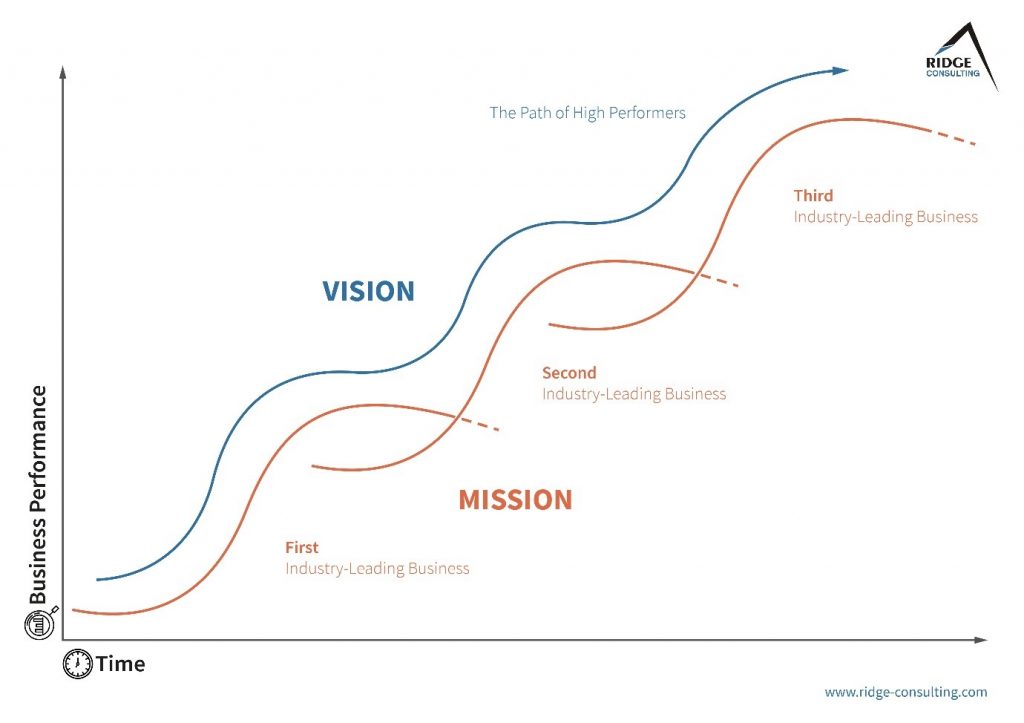Strategy was so much easier in the 1970’s. Back then the theory was that you set out your “Deliberate” strategy for the next 10 years, followed it through, and “hey presto”, success was achieved.
In the real world that never really worked out of course. And now things change so quickly that many smaller companies have thrown out the idea of any sort of long-term planning at all. That is a mistake. The key to profitability and long-term success is still strategic planning. It just needs to be done differently.
The research in this area is unsparing in its clarity. According to the National Federation of Independent Business (NFIB), over the lifetime of a business only 39% are profitable, with another 30% of businesses achieving break even, the other 30% lose money and 1% cannot say. Research from PwC confirms that many of the issues facing small and mid-size business come back to a lack of strategic planning, with many caught up with the deluge of every day issues.
The biggest challenge for the leadership of resellers is to maintain dual perspectives on channel sales, and this is where effective channel sales training comes in. While the one-to-three year horizon is extremely important, another eye must be kept on the three-to-ten year horizon if the company is ever to break out of a “hand to mouth” existence and achieve true market dominance.
One approach is to view these horizons in the context of a series of “S-Curves”. The reader may be familiar with the concept of “S-curves” already. Businesses, or their markets that follow an S curve are characterized by a shallow start, where only early adopters and niche markets buy the product. Then they experience a rapid growth, and the product or business has a dominant position in the market. After the rapid growth, the business sector (and the resellers playing in it) often see revenues plateau before eventually starting to fall. The key for the successful reseller is to “link” S-curves, jumping from the plateau of one to the rising wave of the next.
In Jumping the S-Curve, Paul Nunes and Tim Breene demonstrate how high performers actively manage to the cresting of three hidden S-curves that reach the end of their lives well before the company’s financial curve reaches its peak. By jumping these three-curves early, while the core business continues to thrive, companies lay the foundation for a successful leap to a new financial S-curve later – and for lasting greatness by executing a series of these moves as outlined in the diagram below.

Of course, every channel manager would like to be able to pinpoint exactly when it was time to switch focus and jump to the next curve. Obviously this is easier said than done. This is where a Company’s Vision and Mission come into play.
As the diagram shows, the High Performers know exactly where they want to go. High Performers understand and commit to their “True North”. They may not know exactly how they will get there yet, but they have taken the time to paint a picture of what they want their company and their world to look like in seven, ten or twenty years’ time. Most importantly, they consistently invest to build the resources to get them there and position themselves to take advantage of new innovations and S-Curves that will progress them to their goal.
Each S-Curve can simply be viewed as the Company’s current “Mission”. The Missions change, but the Vision does not. The Mission (S-Curve) may be heavily influenced by customer demand for new technologies, services and solutions, but that is always counter-balanced by the question: “Is this helping us on our journey to achieve the Company Vision”?
Most channel managers have a good understanding of their current “Mission” as outlined in this channel partner recruitment case study. They know what they want to do over the next three years. But the High Performers are already looking (and investing) way beyond that horizon into the next five or ten years. They have a clear understanding of their Company Vision and Values. This allows them to detect and evaluate new technologies through a formal lens before adopting them. Those that meet the criteria for propelling the company towards its long-term Vision are adopted. Those that are deemed exciting, yet a distraction from the Vision are rejected.
The next time a disruptive innovation crosses your path will you immediately jump on it, or do you have a North Star to guide you? Do you have the relevant channel management and channel sales training to guide your decisions, or will you simply follow previous routines? Best in class channel sales leaders understand the value of having a thorough and formal vision and mission to guide their decisions and ensure that all decision support the long-term business strategy.
About the Channel Institute:
The Channel Institute is the only training body in the world that provides business training and certification specifically for the channel profession through a syllabus validated by a vendor-independent Industry Advisory Council. The Institute currently offers three certificate courses supporting channel managers, channel marketers and channel resellers:
- The Certificate in Channel Management
- The Certificate in Channel Sales
- The Certificate in Channel Marketing
- The Certificate in Digital Co-Marketing
The Channel Institute also licenses its course content to universities and vendor training academies to bolster their channel training libraries.




